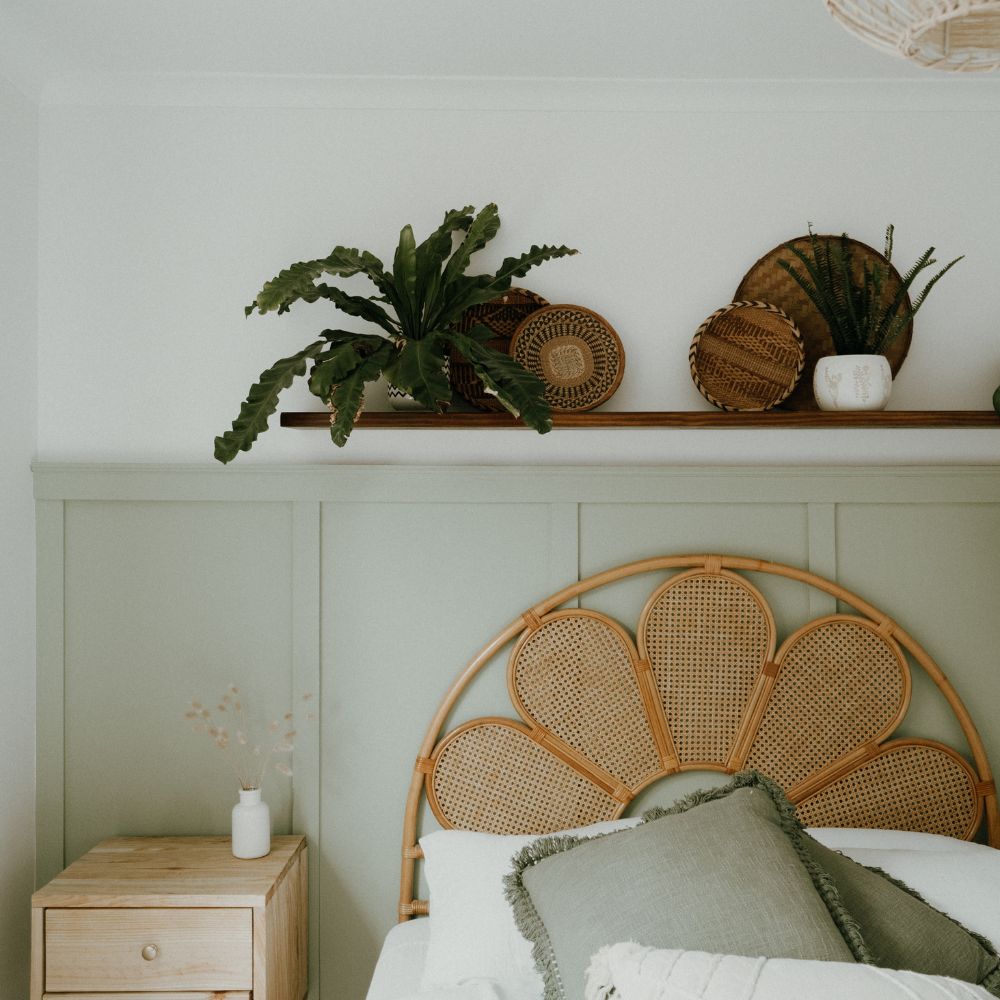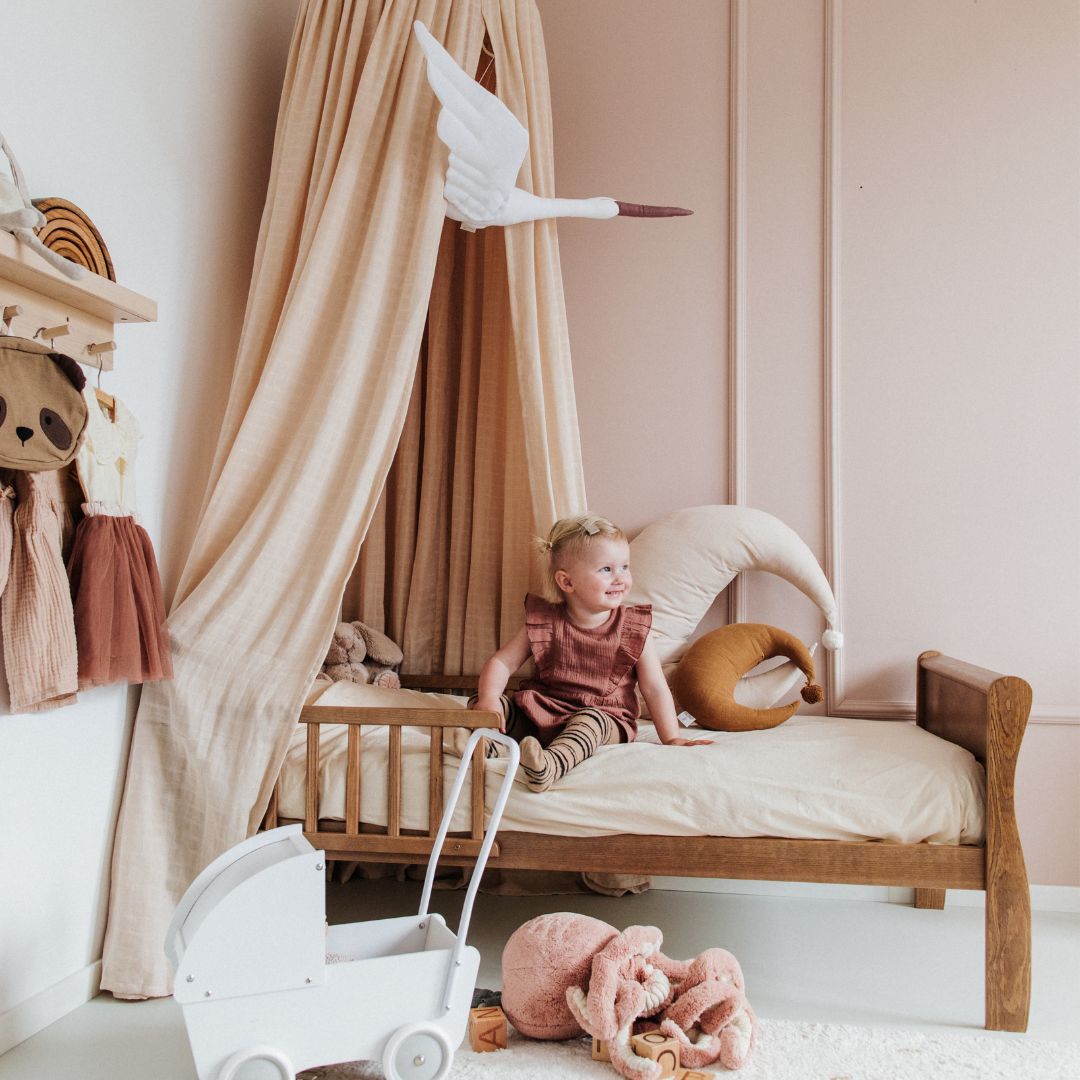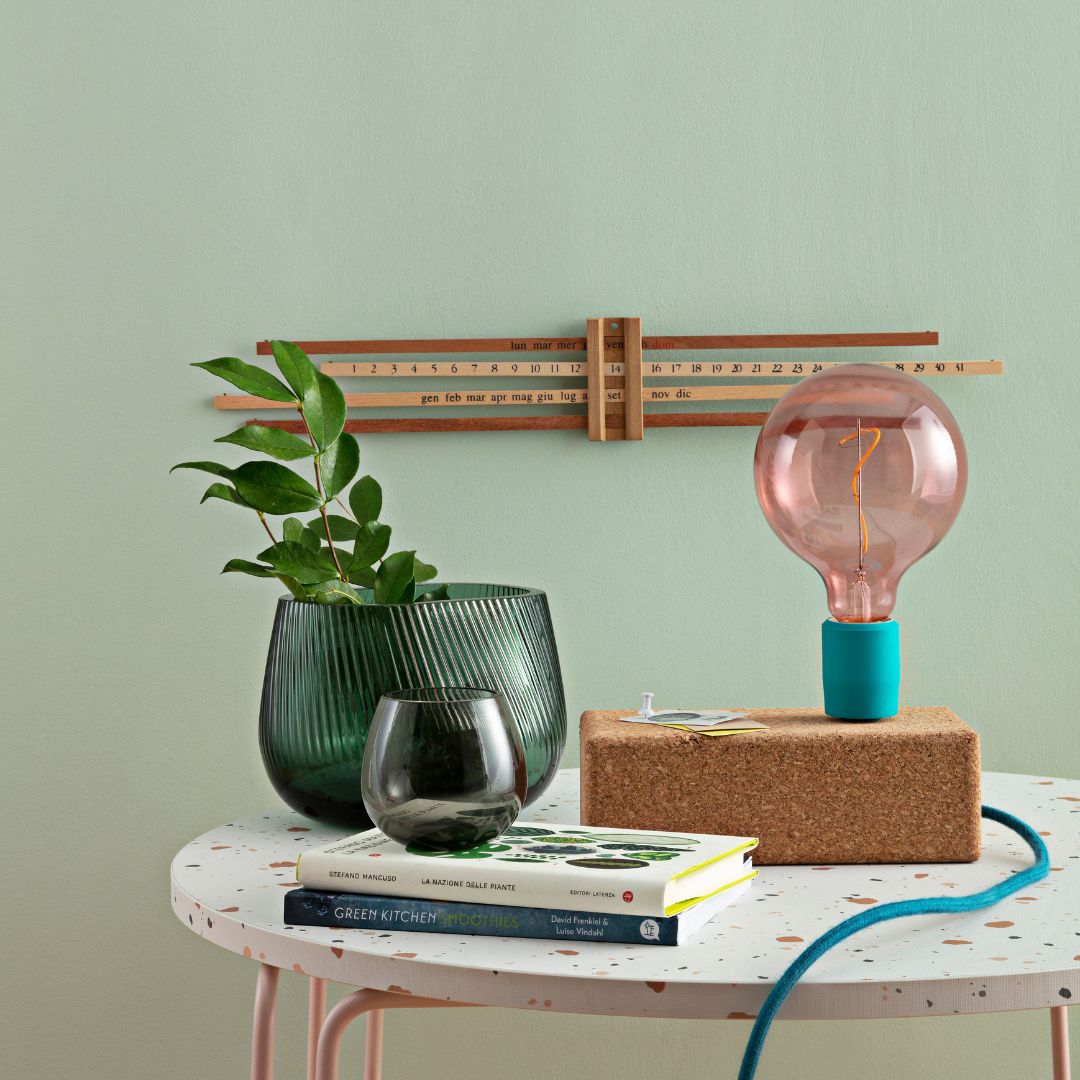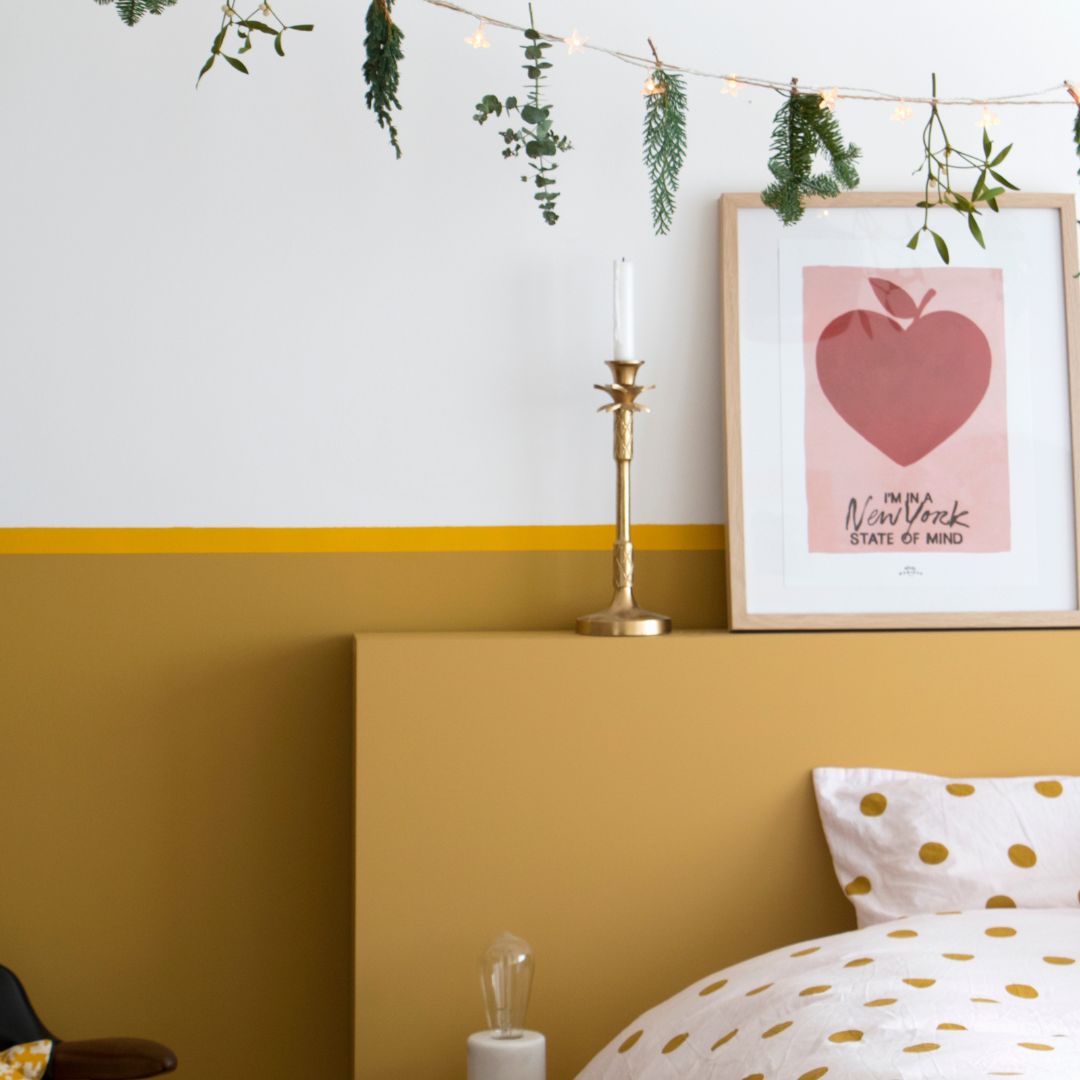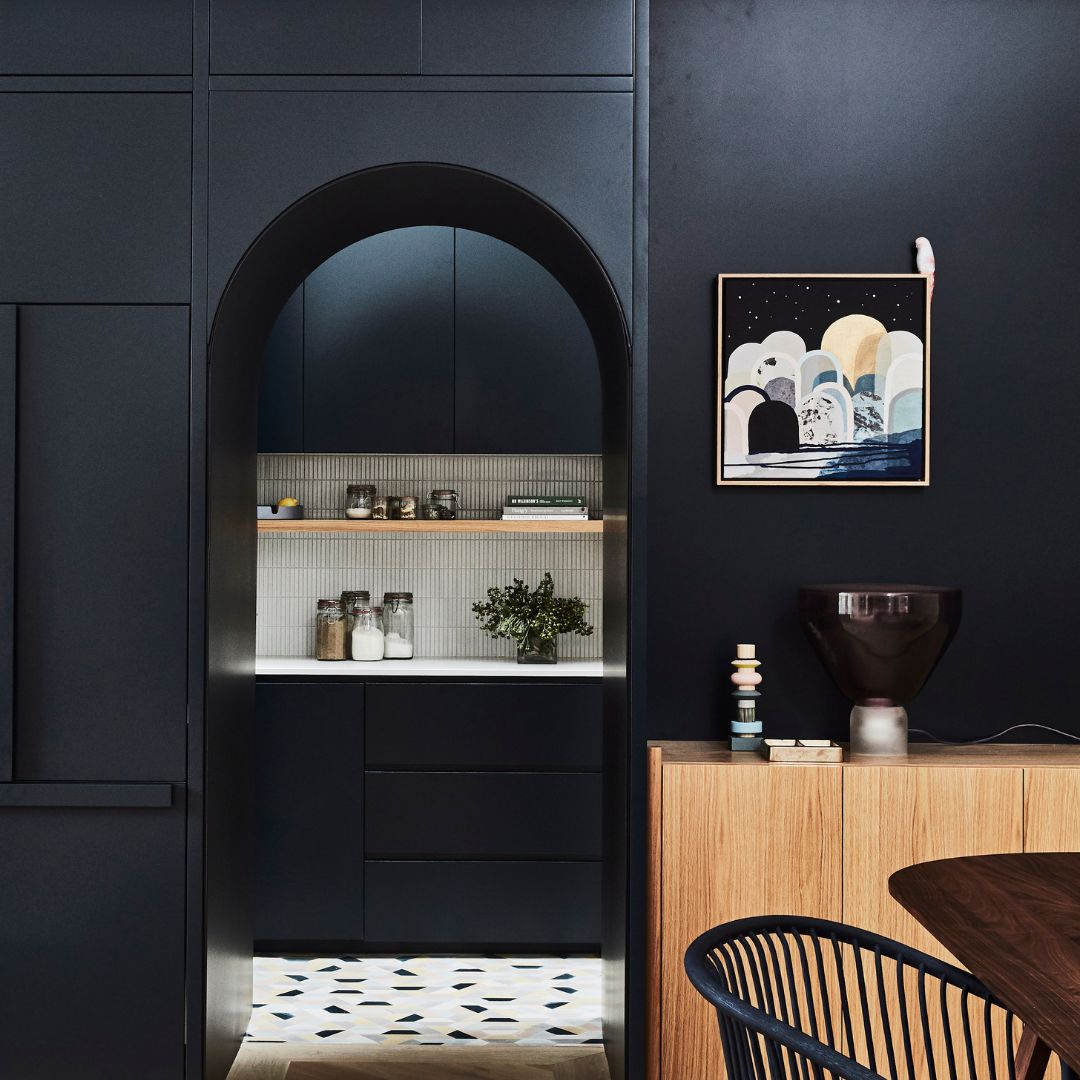Choosing colors for decorating a bedroom is an essential step. Color goes far beyond mere decorative elements: it influences our perception of space and our daily well-being.
Among the colors that stand out when it comes to bringing a warm and modern atmosphere to the walls of a bedroom: terracotta and beige are among the colors that are on trend.
Directly inspired by nature, terracotta is a trendy color that has stood out in recent years to the point of becoming the leading wall paint color used for decorating any room in the house. Beige, on the other hand, stands out as an alternative to white, but especially for using a neutral and soothing color in your interior.
What are the advantages of using beige and terracotta in your interior?
The combination of terracotta and beige is particularly effective in many rooms of the house, especially for bedroom decor. The ambiance will be soft, warm, and elegant.
Terracotta is inspired by terracotta, and terracotta shades are more varied than they seem! For example, there are shades close to an orangey brown to an ochre red. Applied to a wall, terracotta will bring structure to the room.
Beige is a neutral shade and a staple in interior design. Beige clearly creates a sense of space and light in the bedroom. Unlike white, which can be perceived as too cold, the softness of beige is an asset that allows you to highlight terracotta in your bedroom decor.
The visual harmony of these two colors allows you to play on contrasts and thus maintain a real visual harmony in your bedroom. Terracotta will give the room intensity and a natural look, while a shade of beige will soften it by bringing elegance and brightness. This combination adapts to many types of atmosphere: whether for a bohemian style or a warm atmosphere, if your bedroom contains wooden furniture for example.
How to combine beige and terracotta?
It has often been mentioned in other content: the use of a bright color, whatever the room, requires a certain vigilance on the association of colors whatever the room of the house concerned: whether it is a bedroom or a living room.
As with most bright colors, you'll be advised to use terracotta only up to 30% of the room's surface area, which is generally limited to one wall. While terracotta is a very pleasant and warm color, its depth of color can darken the room and weigh down your decor.
Painting a single wall in terracotta will add depth to the bedroom while ensuring the space's visual comfort. In many cases, the wall behind the headboard is the most popular choice for terracotta. Using beige on the other walls helps keep the room from feeling overwhelming.
If you want to add a designer touch, you can accentuate a terracotta shade at the bottom of the walls. This works well in rooms with high ceilings. For a more sophisticated look, you can add a molding to bridge the gap between the two colors.
You can also, if you wish, paint your ceilings with a color (although white is used in the vast majority of cases). If the beige you want to highlight is soft enough, then you can use it for the ceiling.
If you're planning to use this combination in a child's or baby's room, you can use stars on the ceiling as well as other elements like posters, for example. In a standard bedroom , consider playing on the natural side by paying attention to the cushions and other materials (cotton bed linen, for example) that may be present in your room.
Mistakes to avoid when using beige and terracotta in a bedroom
As we mentioned earlier, using too much terracotta can result in a visual overload of the room.
In a room, it is recommended not to exceed 3 colors in order to avoid a disordered style: for the association to be successful we recommend limiting yourself to two colors to guarantee an orderly decoration.
Our final tip is related to the choice of beige that will complement the terracotta color. Using a beige that's too cool will undermine the warm look of the terracotta. A creamy beige or linen beige can be interesting alternatives.
Not taking into account the elements that make up the bedroom can be a hindrance, in particular the positioning of the bed in the bedroom which is the basic element of a bedroom.
